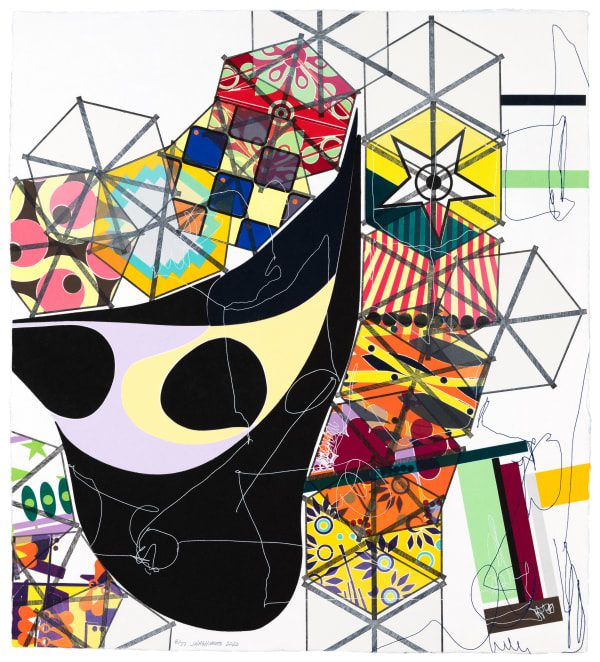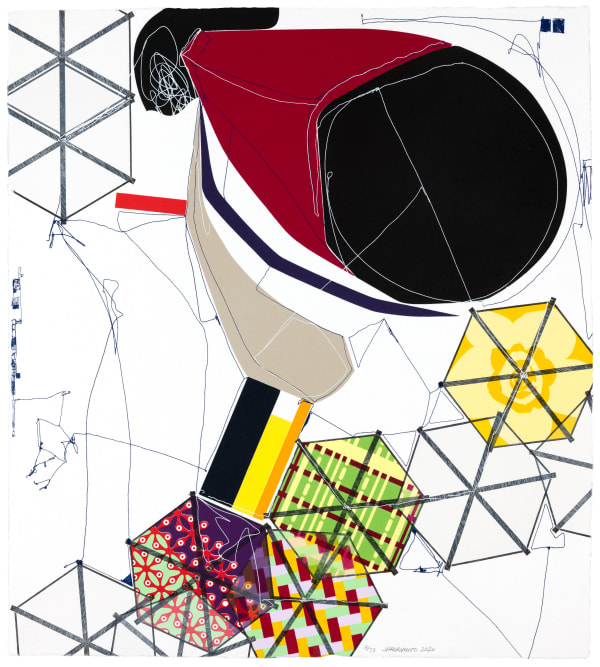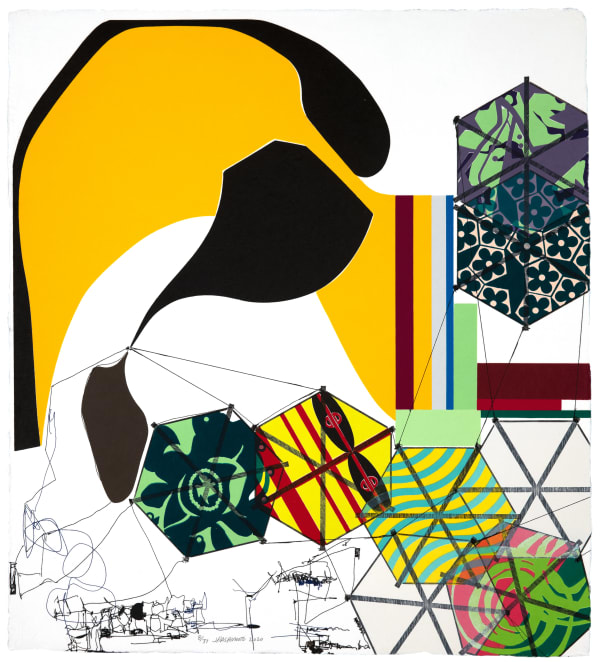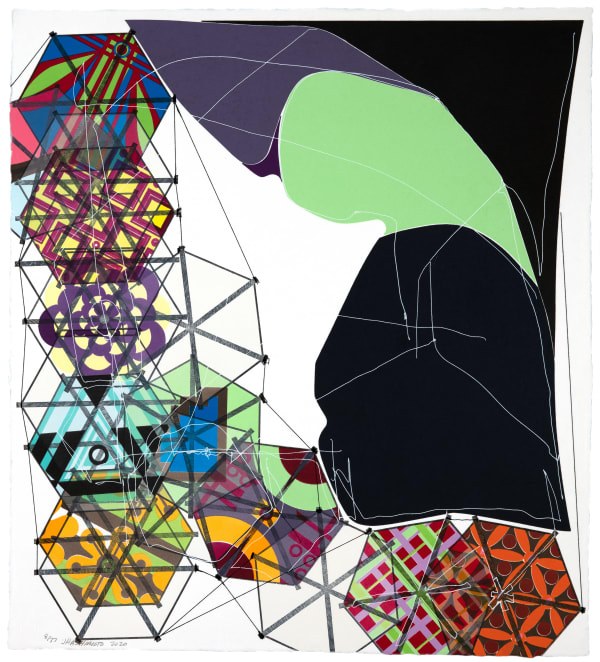-

-

-

Jacob Hashimoto in his studio
-
The Necessary Invention of The Mind I - XII
-
 Jacob Hashimoto, The Necessary Invention of the Mind, I, 2020
Jacob Hashimoto, The Necessary Invention of the Mind, I, 2020 -
 Jacob Hashimoto, The Necessary Invention of the Mind, II, 2020
Jacob Hashimoto, The Necessary Invention of the Mind, II, 2020 -
 Jacob Hashimoto, The Necessary Invention of the Mind, III, 2020
Jacob Hashimoto, The Necessary Invention of the Mind, III, 2020 -
 Jacob Hashimoto, The Necessary Invention of the Mind, IV, 2020
Jacob Hashimoto, The Necessary Invention of the Mind, IV, 2020
-















